Are you ready to navigate the exciting world of partnership agreements? Reviewing the terms and conditions can feel overwhelming, but it's an essential step for ensuring a successful collaboration. From clarifying responsibilities to outlining financial arrangements, understanding these key elements will set the stage for a strong partnership. So grab a cup of coffee and let's dive into the details together'read on to explore the must-know aspects of partnership terms and conditions!

Clear definition of partnership roles and responsibilities.
A comprehensive review of partnership terms and conditions is essential for establishing a clear framework in which each entity's roles and responsibilities are delineated. In a strategic partnership--such as a collaboration between a technology start-up in Silicon Valley and an established software company in New York--specific responsibilities should be assigned to ensure efficiency. For instance, one partner may be tasked with research and development (R&D) to innovate product features while the other manages market outreach, sales strategies, and customer service operations. Regular performance assessments, outlined in the partnership agreement, can encourage accountability, enabling both parties to align their objectives. Additionally, provisions regarding intellectual property (IP) rights should be clearly defined, protecting innovations developed throughout the partnership. Such clarity fosters a collaborative environment essential for long-term success.
Detailed explanation of financial obligations and profit sharing.
A partnership agreement outlines critical financial obligations and profit-sharing structures between collaborators. Financial obligations include initial capital contributions, which may range from thousands to millions of dollars depending on the nature of the business, covering sectors such as technology, real estate, or manufacturing. Regular financial commitments, such as operational expenses and payroll obligations, must also be established to maintain smooth business operations. Profit-sharing percentages typically depend on each partner's contribution level, industry standards, or negotiated terms, often expressed in fractions (e.g., 50/50, 60/40). Detailed clauses on loss allocation, reinvestment strategies, and exit strategies must assure each partner's interests are safeguarded in various scenarios. Specific timelines for profit distribution (quarterly, annually) further clarify expectations and ensure transparency for all parties involved, effectively fostering a cooperative business environment while minimizing disputes.
Compliance and legal requirements adherence.
Establishing clear partnership terms and conditions ensures compliance with legal requirements in entities such as businesses, non-profits, or governmental organizations. This framework outlines obligations regarding applicable laws, regulations, and standards, safeguarding both parties. Essential components include intellectual property rights (protection of creative and proprietary assets), confidentiality clauses (safeguarding sensitive information), and dispute resolution processes (methods for resolving conflicts without litigation). Regular audits (systematic evaluations of compliance) should be scheduled to monitor adherence and rectify any breaches, fostering trust and transparency in the partnership. Additionally, proper licensing (legally required permits) might be necessary for certain activities, ensuring legitimacy when operating across jurisdictions, such as in multi-state or international partnerships.
Confidentiality and data protection measures.
Concepts of confidentiality and data protection measures are critical in partnership agreements. Confidentiality refers to the obligation of partners to keep sensitive information private, safeguarding trade secrets, intellectual property, proprietary data, and other confidential materials disclosed during the partnership. Data protection measures encompass safeguards put in place to comply with regulations such as the General Data Protection Regulation (GDPR) enacted in the European Union, requiring partners to secure personal data, implement encryption protocols, and establish policies for data retention and deletion. Significant details in this context include breach notification timelines, defining personal data, roles of data controllers and processors, and methods of data encryption. By addressing these aspects thoroughly, partners can minimize risks associated with data leaks and unauthorized access while fostering a trusting relationship.
Dispute resolution and termination clauses.
Partnership agreements often include crucial terms, such as dispute resolution and termination clauses, which ensure clarity in the case of disagreements. Dispute resolution mechanisms, like mediation or arbitration, provide structured approaches to address conflicts, typically initiated within a specified timeframe, such as 30 days after a dispute arises. Jurisdiction may be explicitly stated, often aligning with the partnership's registered location, ensuring all parties understand where legal proceedings may occur. Termination clauses outline conditions under which the partnership may end, including breaches of contract or inability to meet obligations. A notice period, often 60 to 90 days, is usually required before termination takes effect, allowing for a smooth transition and resolution of outstanding affairs. Properly defined clauses help mitigate risks and protect the interests of all partners involved in the business relationship.

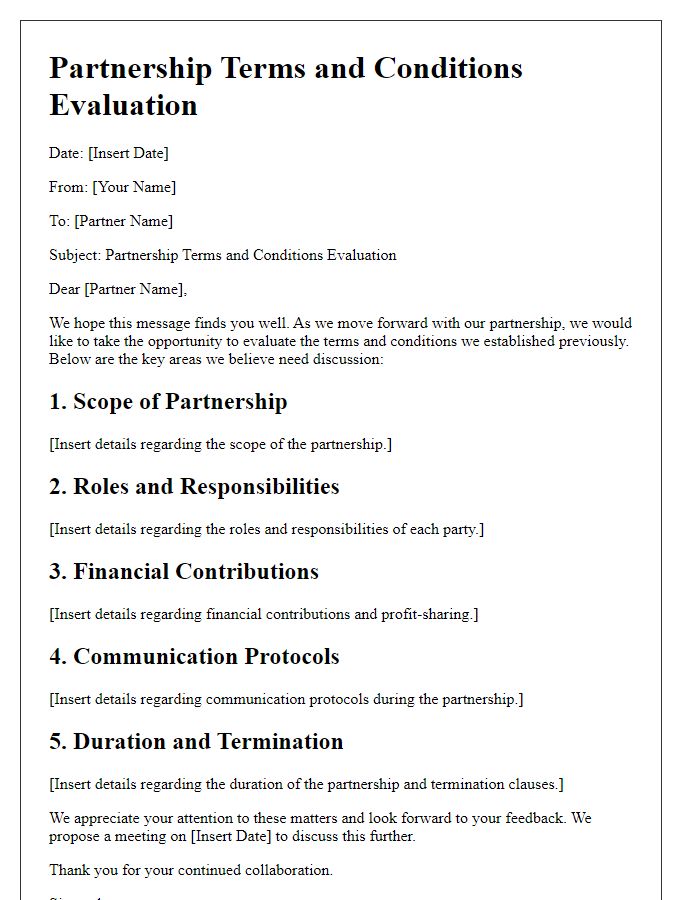
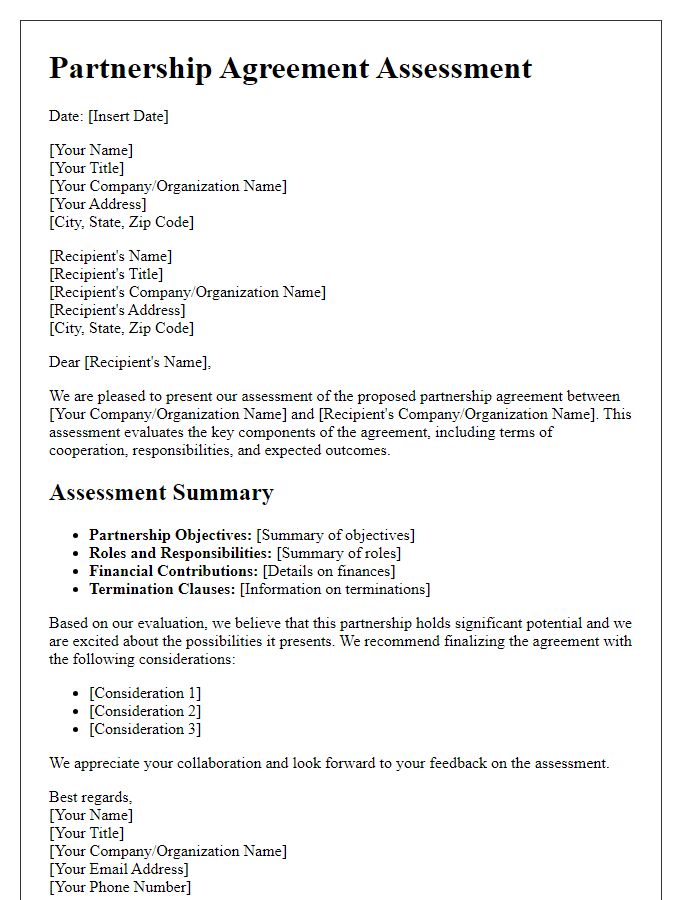

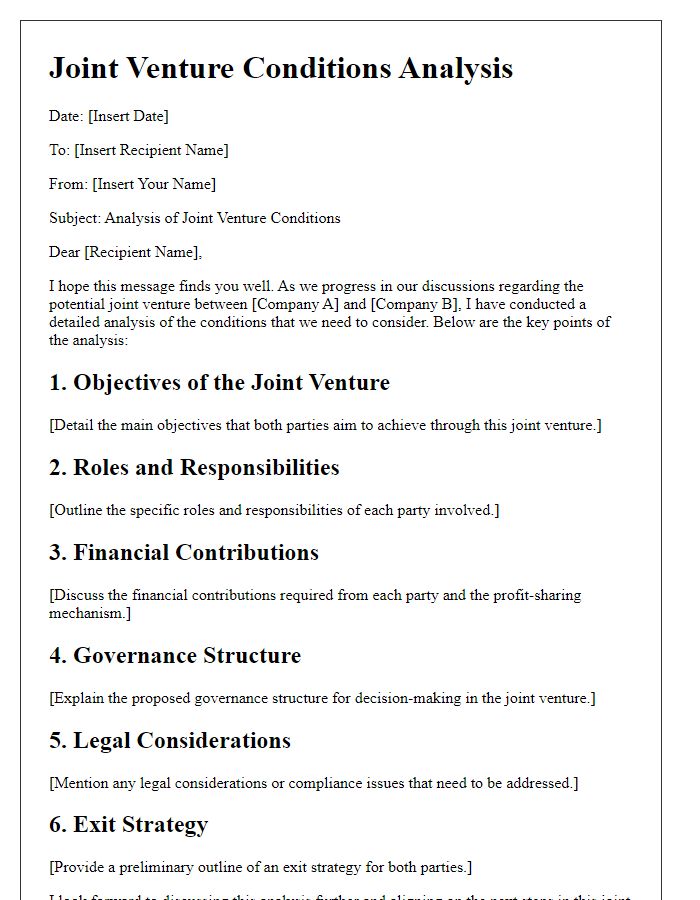
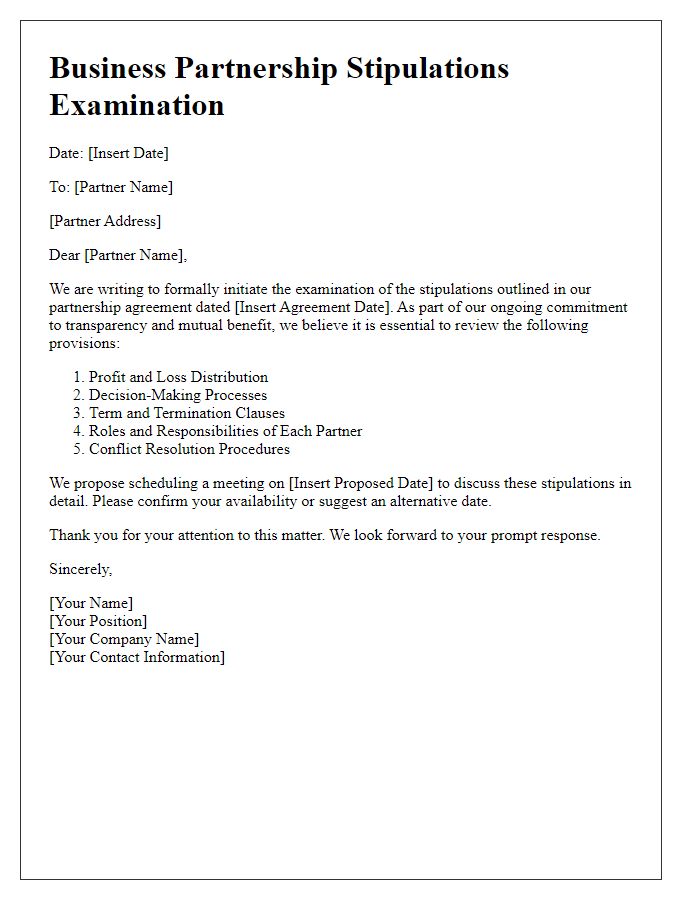
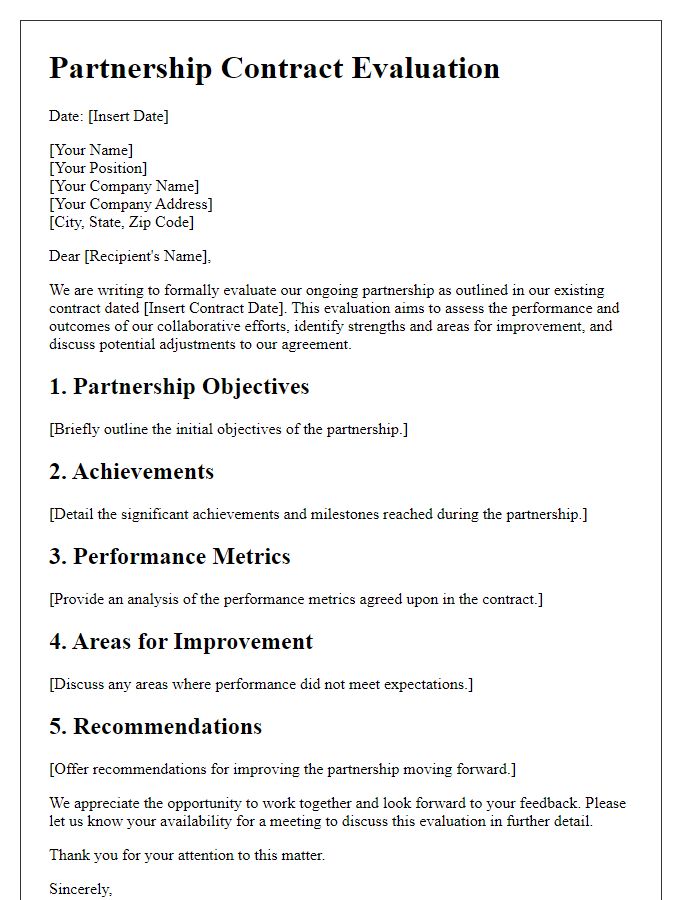
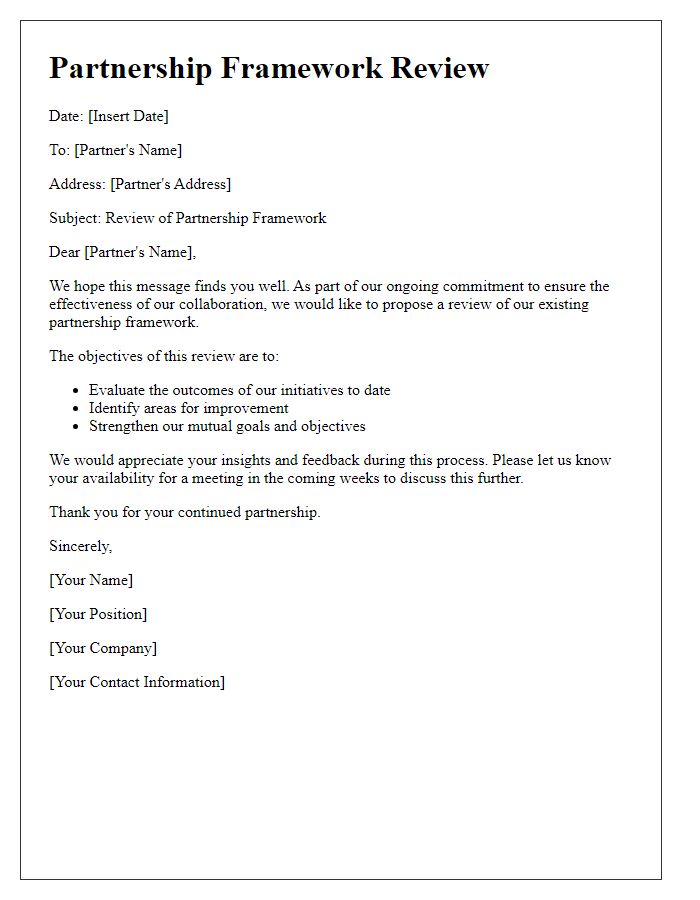
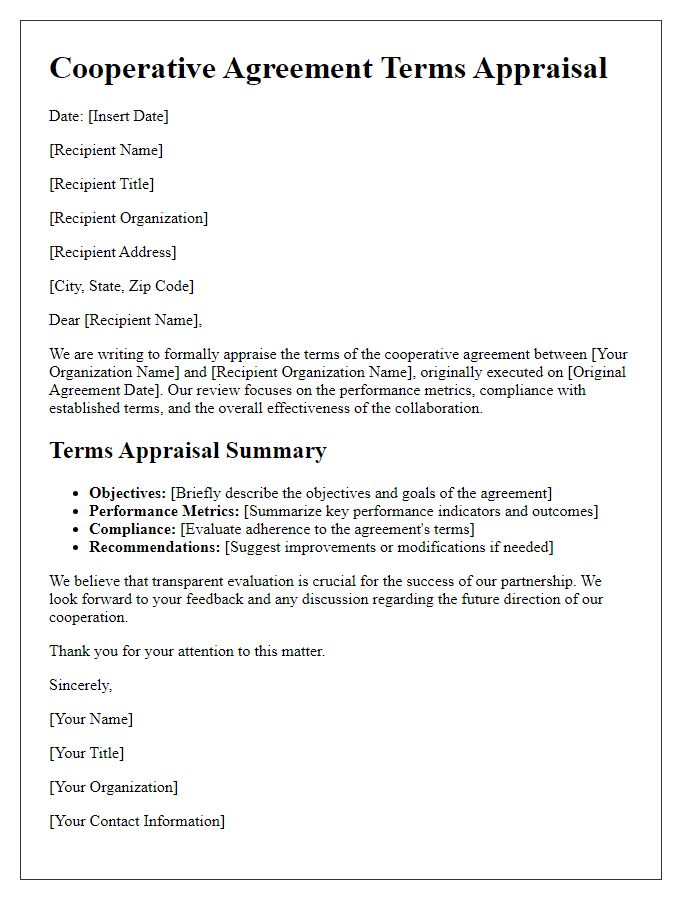
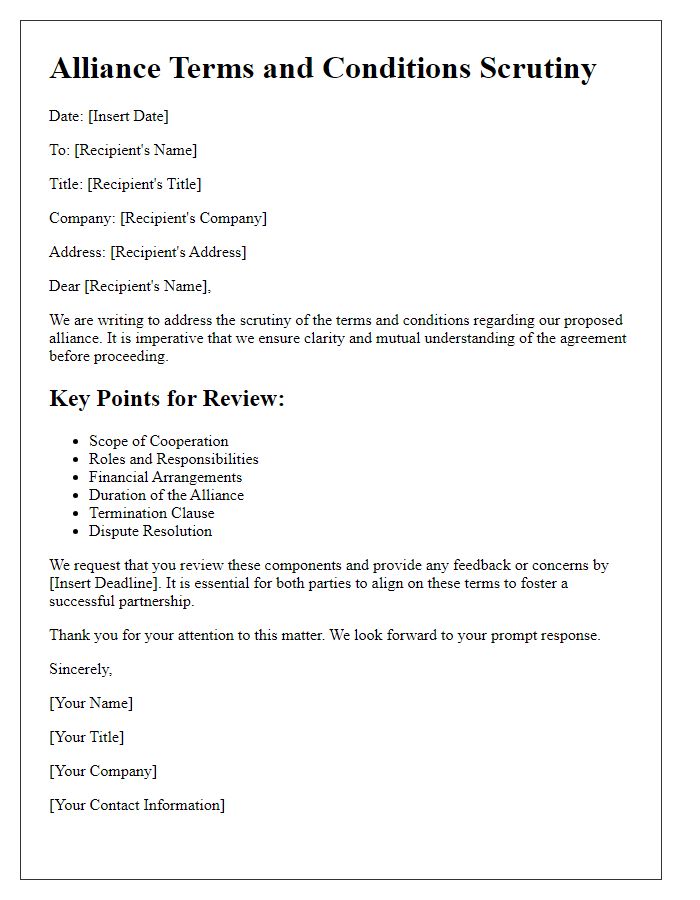
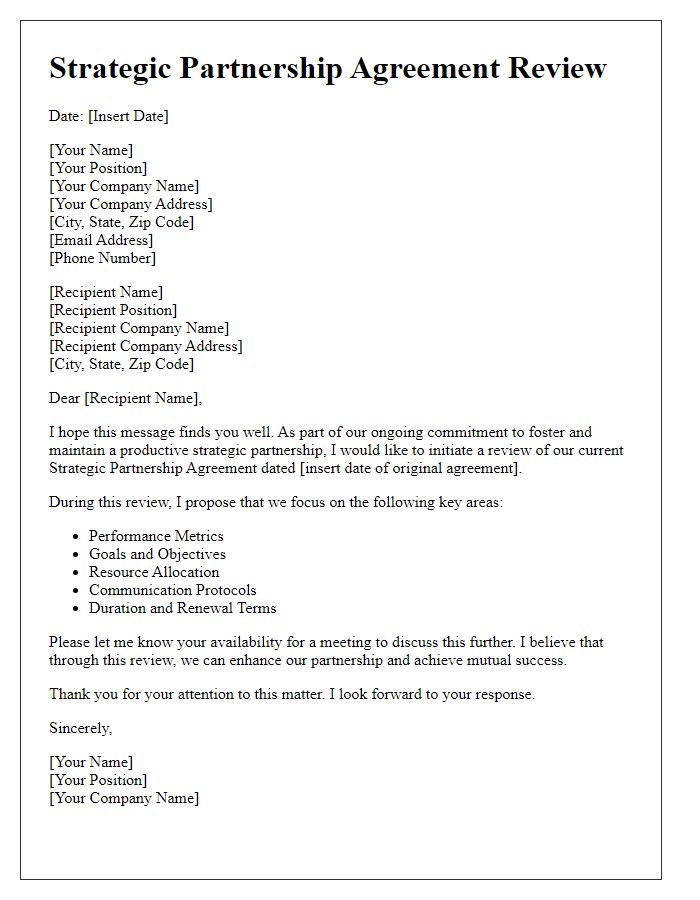





Comments